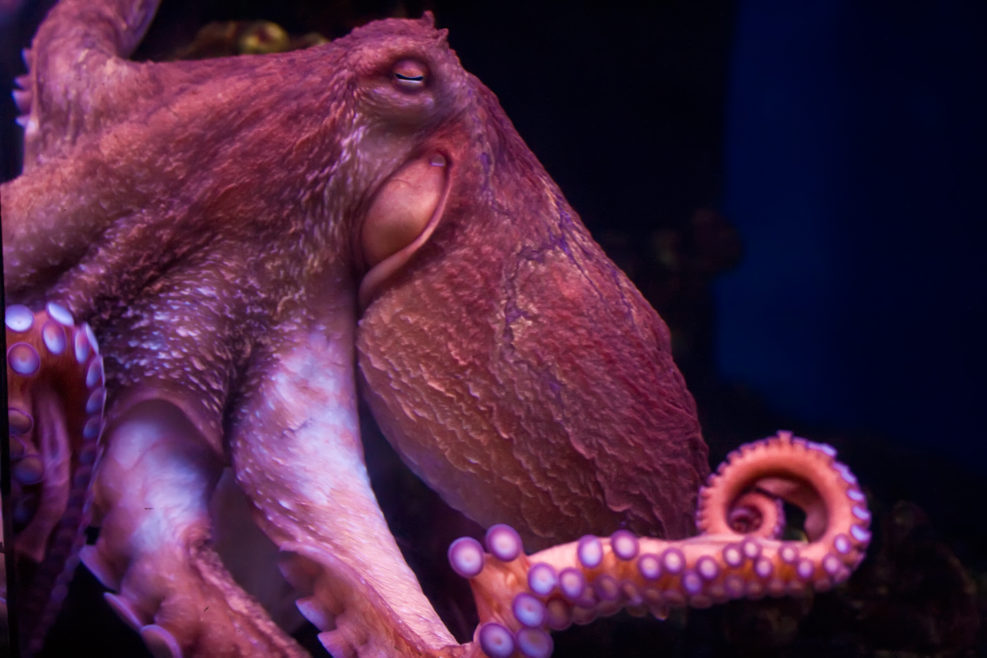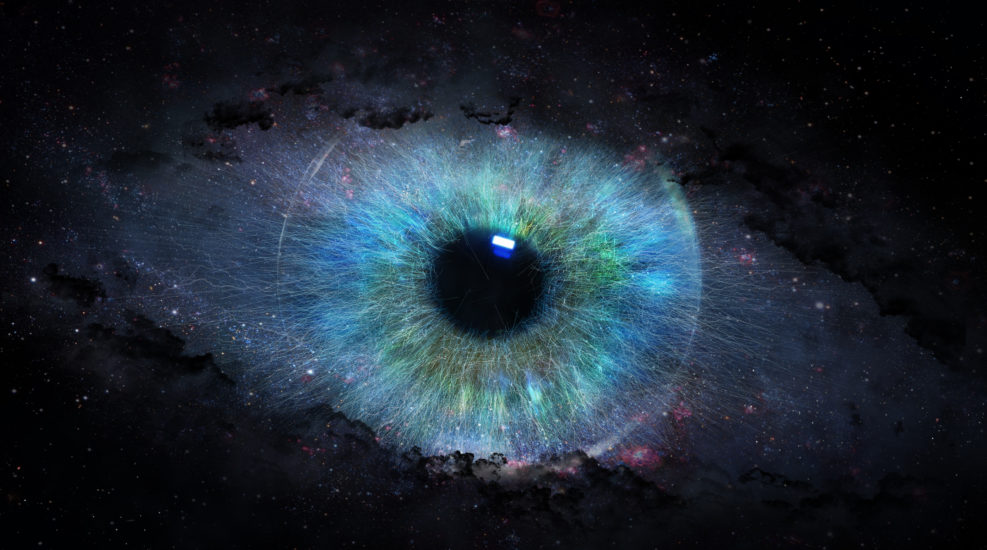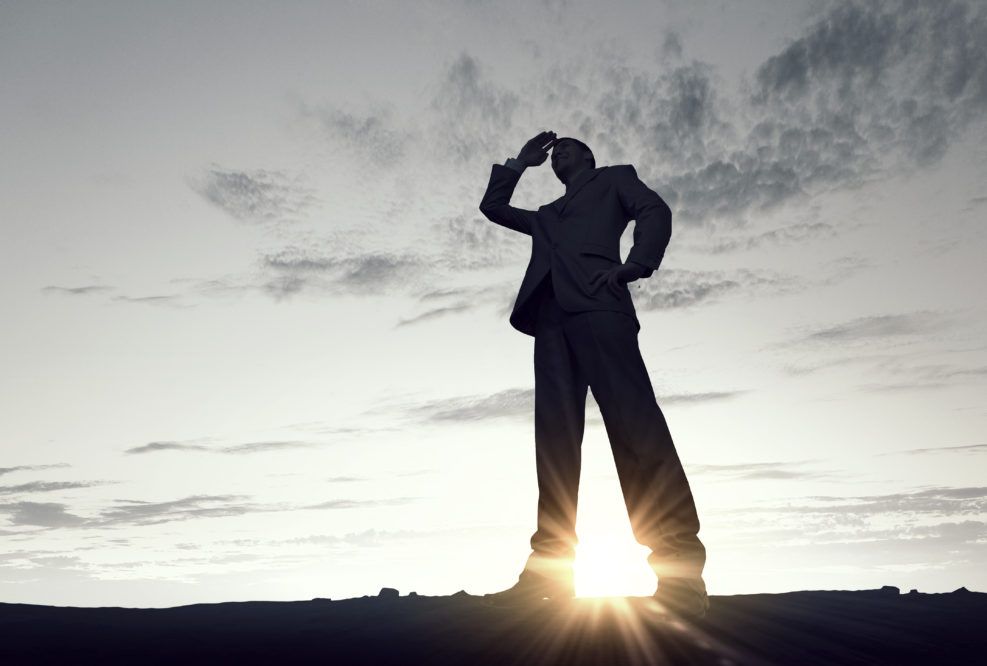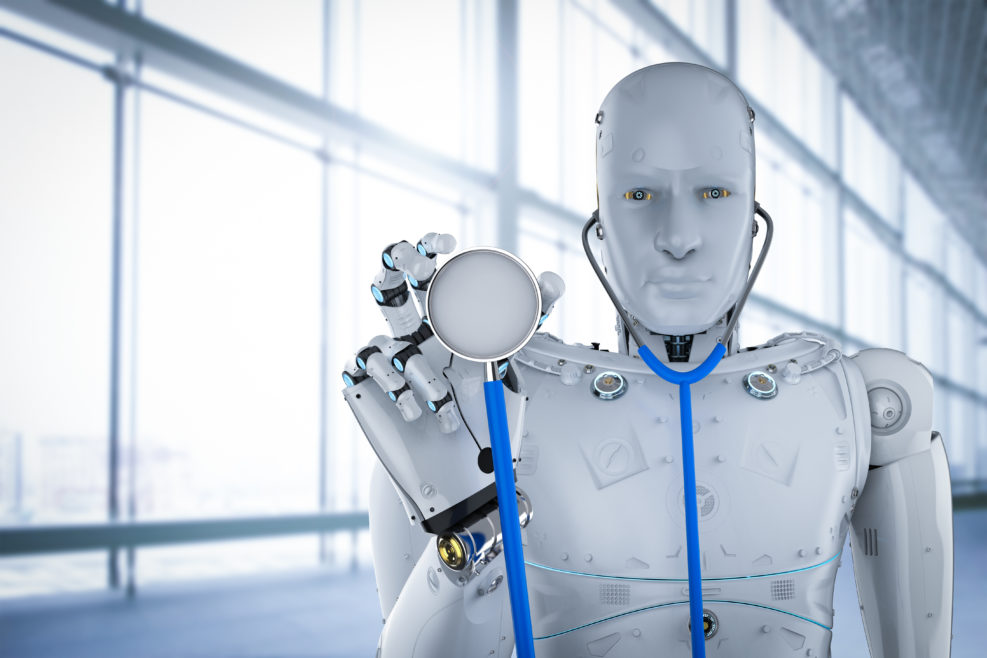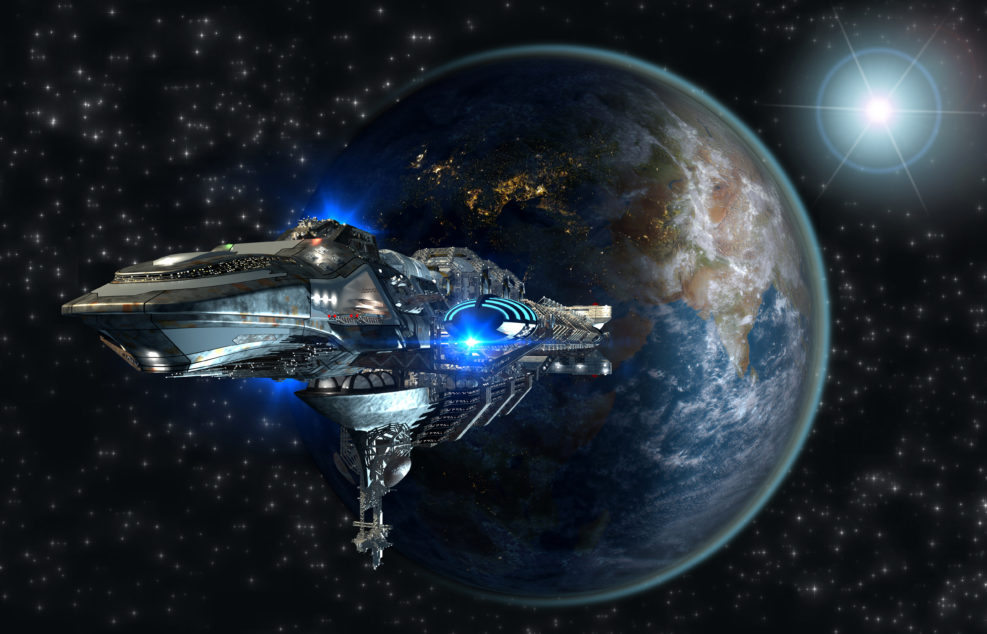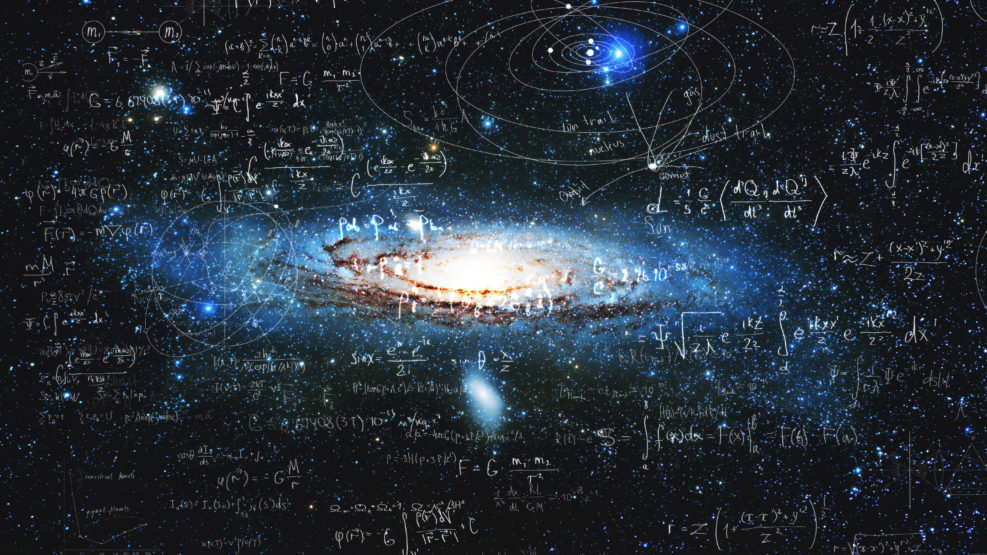
Materialist Neuroscientists Don’t Usually See Real Patients
Neurosurgeon Michael Egnor and neuropsychologist Mark Solms find common ground: The mind can be “merely what the brain does” in an academic paper. But not in lifeRecently, distinguished South African neuropsychologist Mark Solms discussed the real state of brain research with Stonybrook neurosurgeon Michael Egnor at Theology Unleashed (October 22, 2021) In the first portion, Solms, author of The Hidden Spring (2021), began by asserting in his opening statement that “the source of consciousness in the brain is in fact in the brain stem,” not the cerebral cortex, as is almost universally assumed. Dr. Egnor then responded that his clinical experience supports the view that brain is not mind. But Solms pointed to the reality that asserting the fact that the brain is not the mind can be a career-limiting move in neuroscience — even though clinical experience supports the view. In this portion, Egnor and Read More ›

